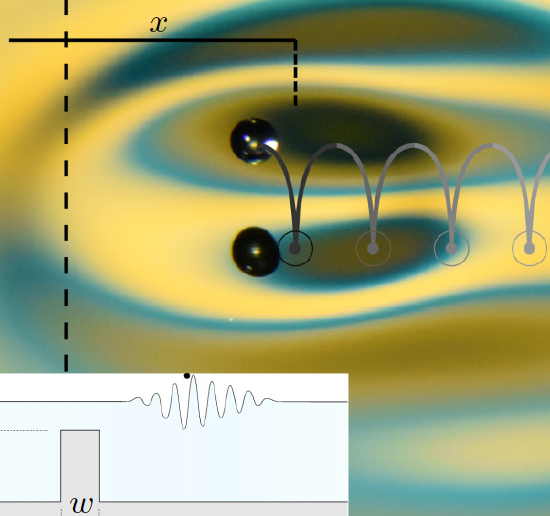
A walker is a macroscopic coupling of a droplet and a capillary wave field that exhibits several quantumlike properties. In 2009, Eddi et al. (2009) showed that walkers may cross a submerged barrier in an unpredictable manner and named this behavior “unpredictable walker tunneling.” In quantum mechanics, tunneling is one of the simplest arrangements where similar unpredictability occurs. In this paper, we investigate how unpredictability can be unveiled for walkers through an experimental study of walker tunneling with precision. We refine both time and position measurements to take into account the fast bouncing dynamics of the system. Tunneling is shown to be unpredictable until a distance of 2.6 mm from the barrier center, where we observe the separation of reflected and transmitted trajectories in the position-velocity phase-space. The unpredictability is unlikely to be attributable to either uncertainty in the initial conditions or to the noise in the experiment. It is more likely due to changes in the drop’s vertical dynamics arising when it interacts with the barrier. We compare this macroscopic system to a tunneling quantum particle that is subjected to repeated measurements of its position and momentum. We show that, despite the different theoretical treatments of these two disparate systems, similar patterns emerge in the position-velocity phase space.
See paper: Tadrist, L., Gilet, T., Schlagheck, P., Bush, J.W.M., Physical Review E (2020).
